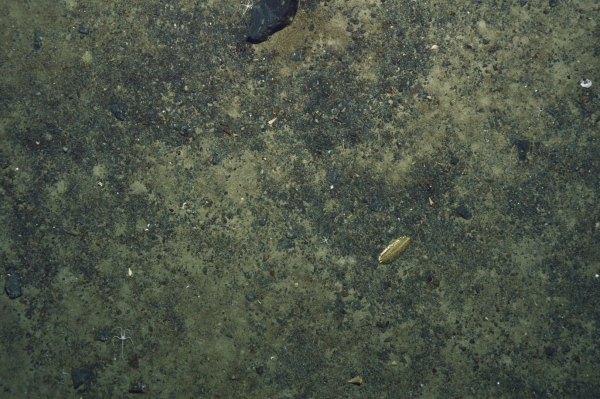10 March 2018
To verify the identities of animals we see on the DTIS camera, we use an epibenthic sled to collect physical samples of animals from the seafloor.
Our sites for sledding are chosen from what we see on the video and still images so that we minimise impact on the fauna but still get a representative selection of creatures from the catch. After a ten-minute tow on the bottom the crew empty the catch onto the trawl deck for the scientists to pick through. A rough sort is done on deck and fragile creatures, like corals and sea pens are picked out and placed into trays before we shovel the rubble and rocks into fish bins to determine the total catch weight.
A finer sort through the muddy rubble is done in the shelter of our benthic lab, which is set up inside a shipping container. We use a large sorting table with a 5 mm mesh fitted into it, so that we can wash down the catch with seawater and pick out the fauna.
After sorting, the fauna are put into appropriately sized jars and vials, registered into the NIWA Invertebrate Collection database and some are selected for live specimen photography before they are finally preserved. We use either ethanol or formalin to preserve our samples depending on the type of animal and to keep the specimens in the best condition for later identification and other analyses (such as phylogenetics, population genetics, aging, or stable isotope analyses) by experts back on land.
The photography of physical specimens collected from the seabed is an important part of the identification process because it allows taxonomists to see the live colour of the animal before we preserve them, and the tiny details and differences between species that are not visible in the seafloor images from DTIS.







